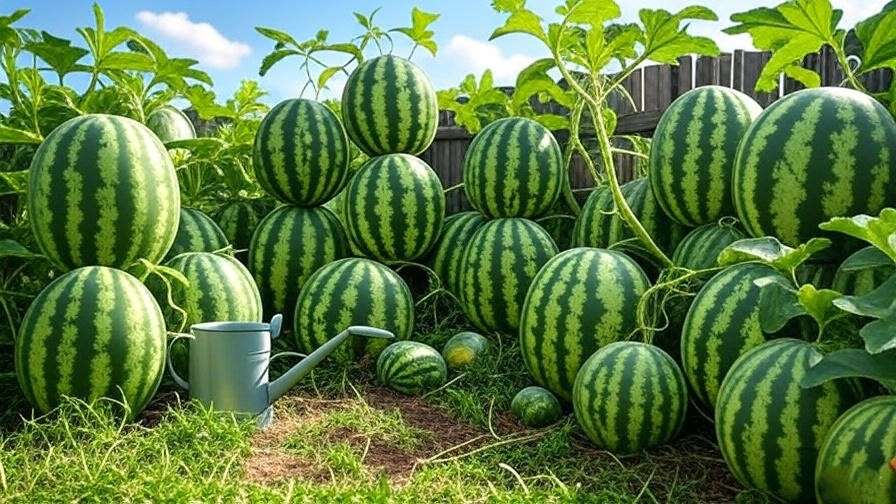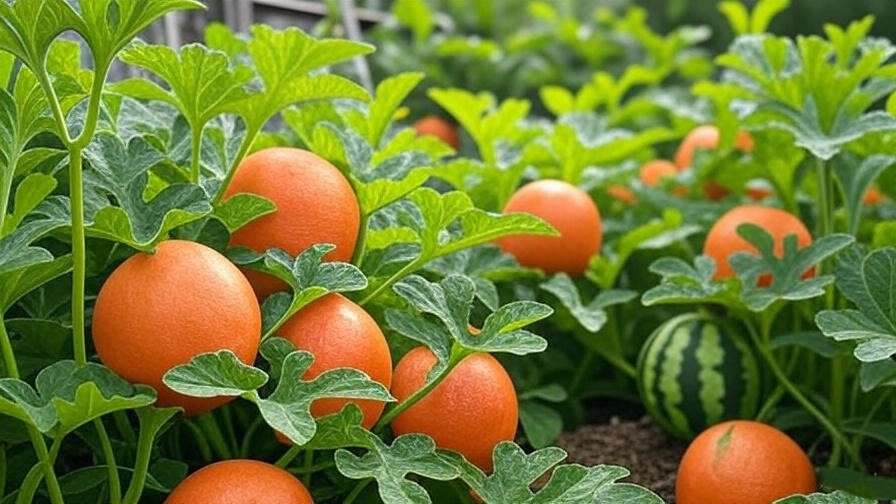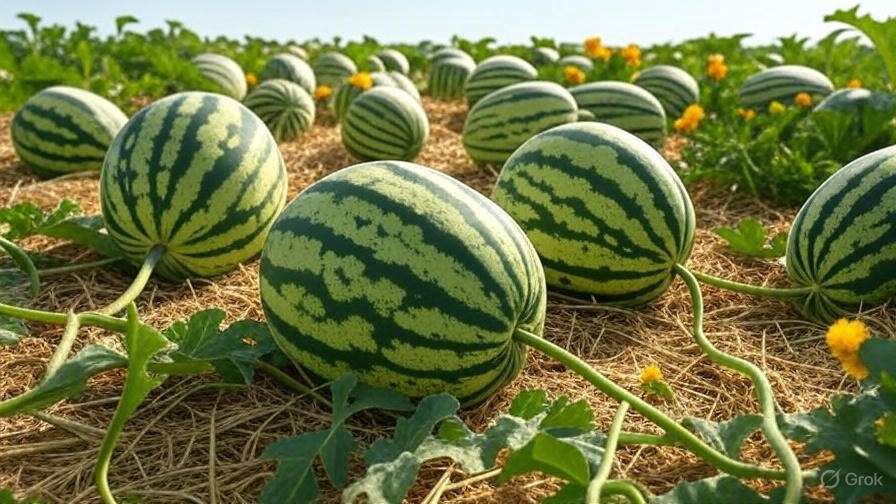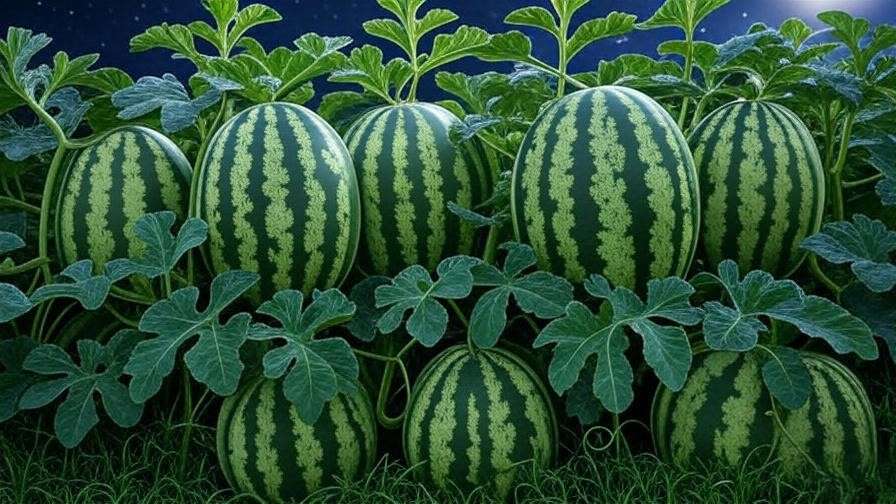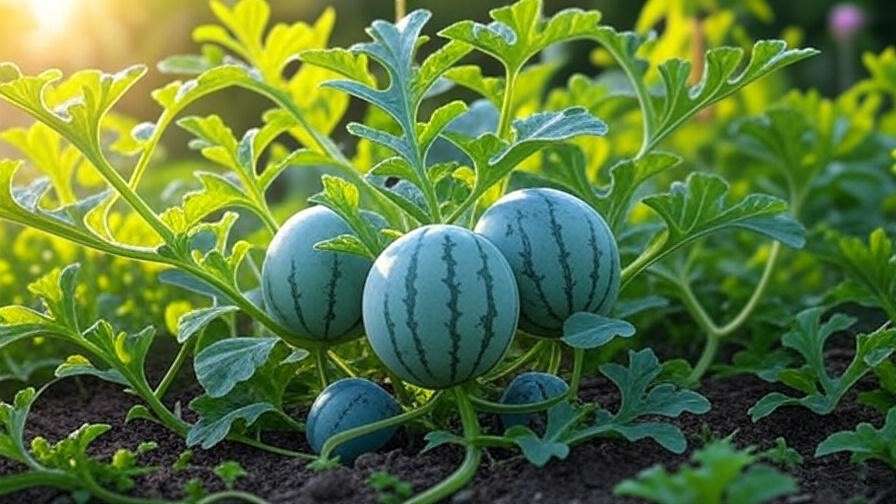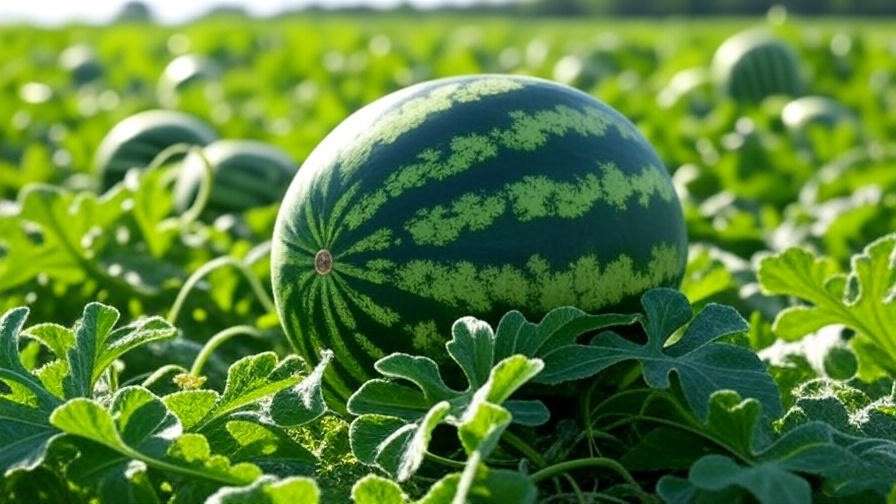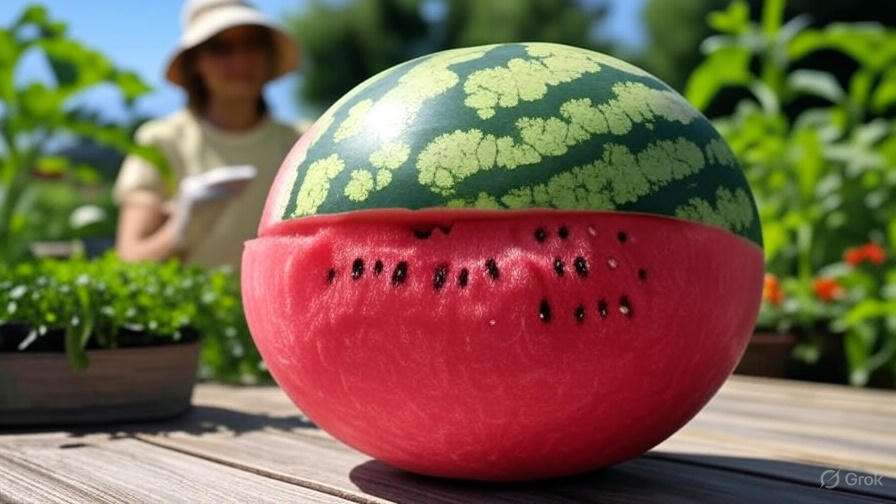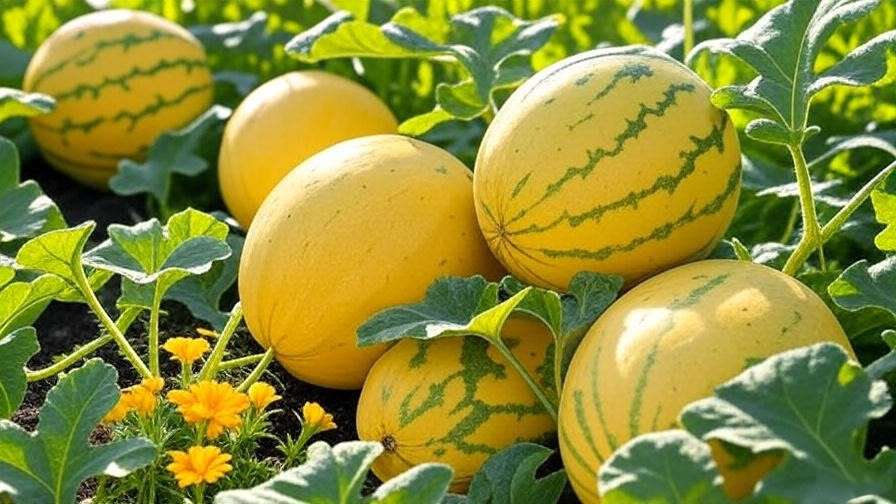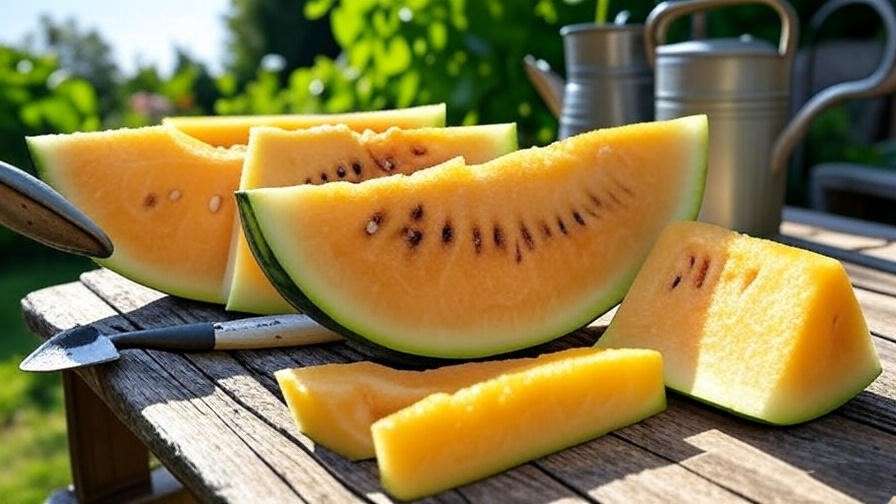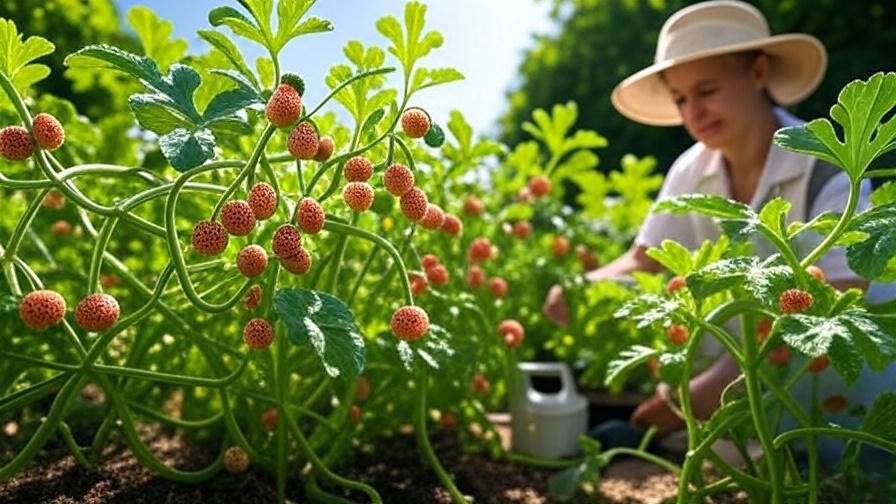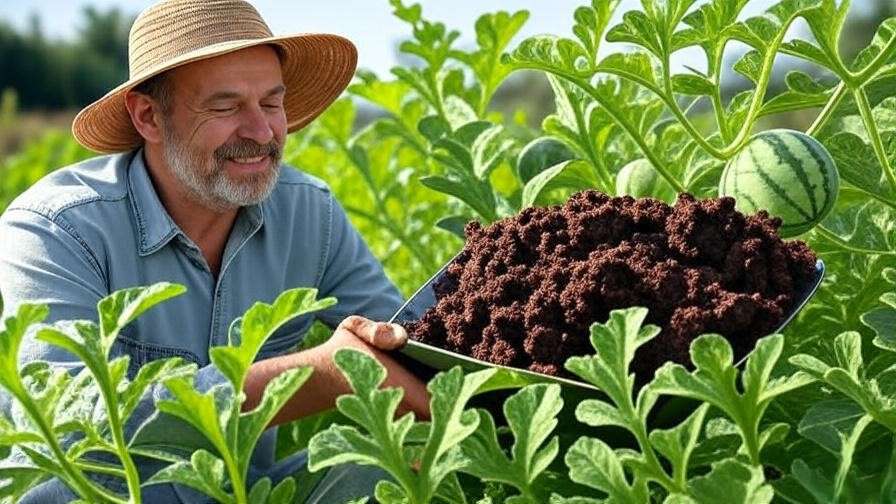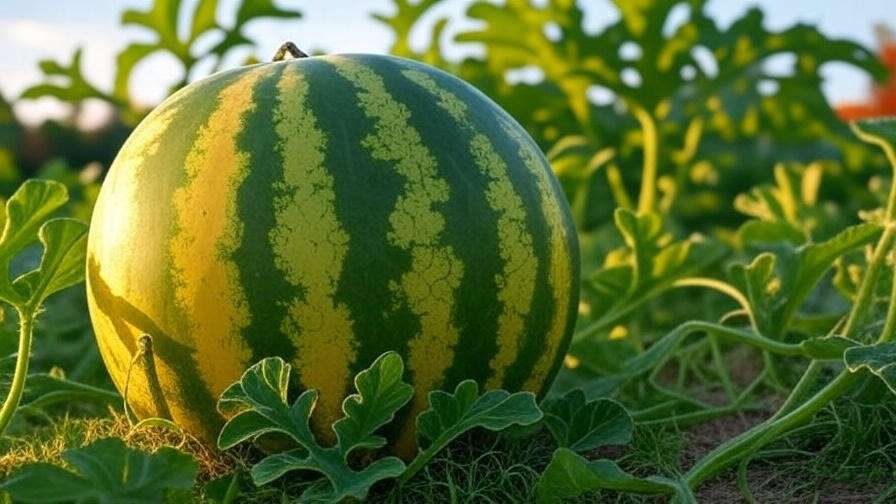Picture this: biting into a crisp, juicy Korea watermelon on a scorching summer day, its sweet, refreshing flesh melting in your mouth. This unique variety, cherished in Korean cuisine, is a gardener’s dream—compact, flavorful, and surprisingly easy to grow! Whether you’re a seasoned horticulturist or a beginner with a green thumb, growing Korea watermelon offers a rewarding challenge with delicious results. In this comprehensive guide, we’ll walk you through every step to cultivate a thriving crop, from choosing seeds to harvesting picture-perfect fruits. With expert insights and practical tips, you’ll master the art of growing Korea watermelon and savor the fruits of your labor.
As a horticulture expert with over a decade of experience in fruit cultivation, I’ve grown countless watermelon varieties, including the delightful Korea watermelon. This guide combines hands-on knowledge, scientific research, and time-tested techniques to ensure your success. Let’s dive into the world of this vibrant fruit and transform your garden into a watermelon haven! 🌞
What Makes Korea Watermelon Special? 🍉
Unique Characteristics of Korea Watermelon
Korea watermelon, often called “chamoe” in Korean, is a compact, round fruit with distinctive green stripes and a crisp, seedless interior. Unlike larger watermelon varieties like Crimson Sweet, Korea watermelon typically weighs 4–8 pounds, making it ideal for small gardens or container growing. Its flesh is exceptionally sweet, with a Brix rating (sugar content) often exceeding 10, rivaling the best dessert fruits. The rind is thin yet sturdy, perfect for slicing into refreshing snacks.
Nutritionally, Korea watermelon is a powerhouse. It’s packed with vitamins A and C, antioxidants like lycopene, and over 90% water, making it a hydrating, low-calorie treat. Compared to other watermelons, its seedless nature and manageable size make it a favorite for families and urban gardeners.
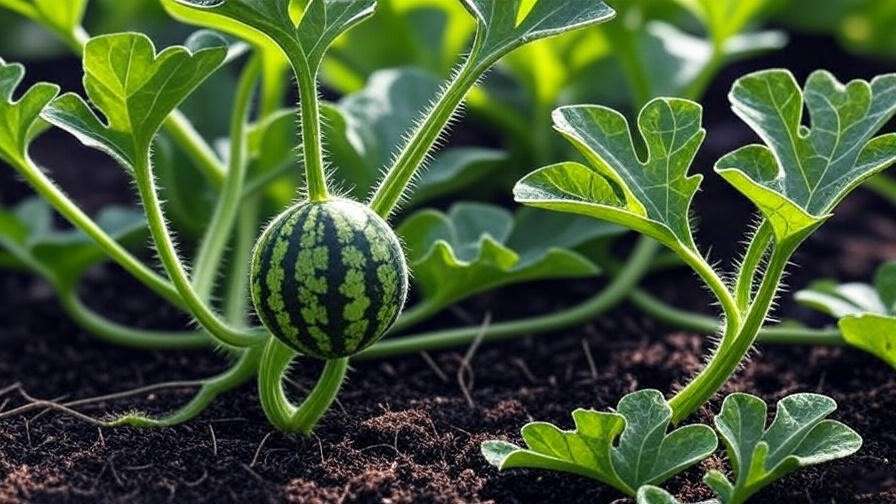
Cultural Significance in Korea
In Korea, watermelon is a summer staple, often enjoyed chilled or blended into refreshing drinks like subak hwachae (watermelon punch). Its cultural significance extends to festivals and family gatherings, where it symbolizes abundance and joy. For gardeners, growing Korea watermelon connects you to this rich tradition while adding a unique fruit to your harvest. Its rising popularity in global markets reflects its appeal, making it a must-try for plant enthusiasts.
Preparing to Grow Korea Watermelon: Getting Started 🌍
Choosing the Right Environment
Korea watermelon thrives in warm climates with temperatures between 70–85°F. It requires 6–8 hours of direct sunlight daily, so choose a sunny spot in your garden or balcony. The soil should be well-draining and loamy, with a pH of 6.0–6.8. Test your soil using a home kit or send a sample to a local extension service for precise results. If your soil is too clay-heavy, amend it with compost or sand to improve drainage.
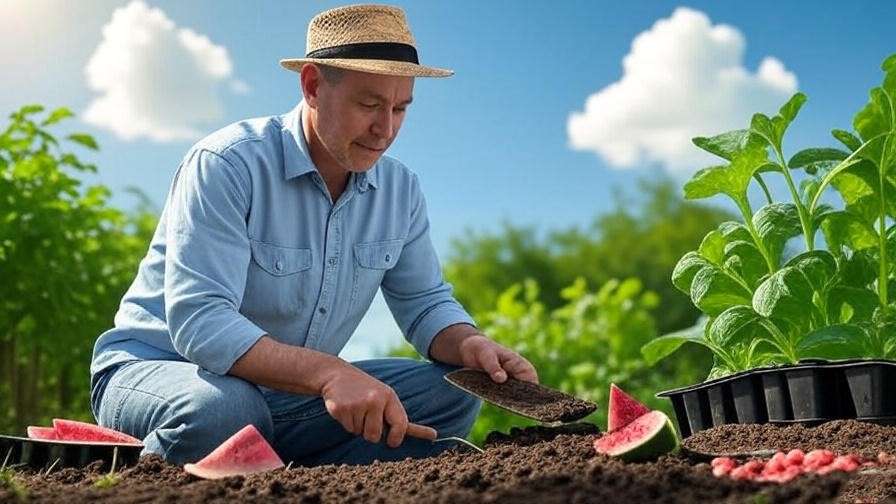
Selecting Quality Seeds or Seedlings
Sourcing authentic Korea watermelon seeds is key to a successful harvest. Look for reputable suppliers like Asian seed companies or certified organic vendors. Heirloom varieties, such as the Korean Black or Mini Chamoe, offer authentic flavor and reliable growth. If starting with seedlings, choose plants with vibrant green leaves and sturdy stems, avoiding any with yellowing or wilting. Expert Insight: Opt for seeds labeled as “F1 hybrid” for disease resistance and uniform fruit quality 🌱.
Step-by-Step Guide to Planting Korea Watermelon 🌱
Timing Your Planting
Timing is critical for Korea watermelon. Plant in late spring to early summer (April–June in most regions) when soil temperatures reach at least 70°F. Use a soil thermometer to confirm, as cold soil delays germination. In cooler climates, start seeds indoors 3–4 weeks before the last frost and transplant once the weather warms.
Preparing the Soil
Healthy soil sets the foundation for a bountiful harvest. Begin by testing your soil’s pH and nutrient levels. Amend with organic compost or well-rotted manure to boost fertility. Incorporate a balanced fertilizer (e.g., 10-10-10 NPK) before planting to provide essential nutrients. Ensure proper drainage by creating raised beds or mounds, as watermelons hate “wet feet.”
Planting Seeds or Seedlings
Space plants 3–4 feet apart in rows 6–8 feet apart to allow ample room for sprawling vines. Sow seeds 1 inch deep, planting 2–3 seeds per hole and thinning to the strongest seedling. For transplants, handle roots gently to avoid shock. Pro Tip: Cover the soil with black plastic mulch to retain warmth, suppress weeds, and boost growth 🌿.
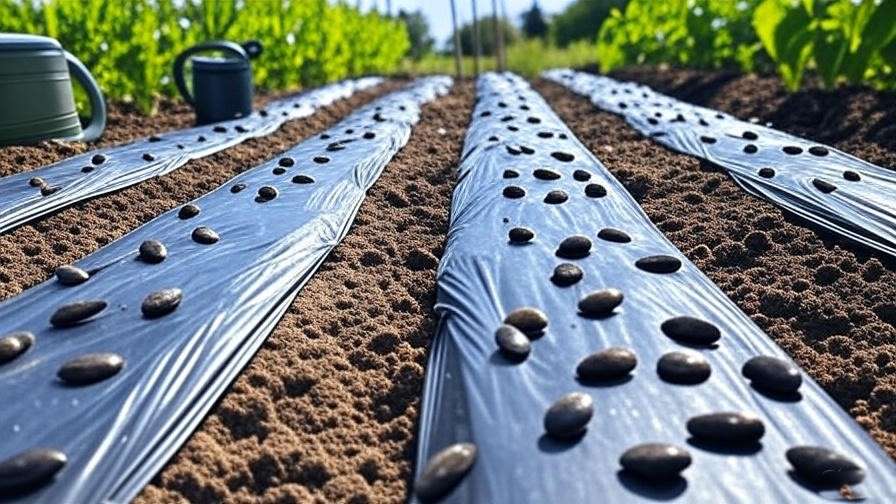
Caring for Your Korea Watermelon Plants 🌿
Watering Wisely
Consistent watering is crucial for juicy watermelons. Provide 1–2 inches of water per week, adjusting for rainfall. Water deeply at the base, avoiding foliage to prevent fungal issues. Drip irrigation is ideal for even moisture distribution, but hand watering works if done carefully. Watch for signs of overwatering, like yellowing leaves or soggy soil, and reduce frequency if needed.
Fertilizing for Growth
Korea watermelon plants are heavy feeders. Apply a nitrogen-rich fertilizer (e.g., 20-10-10) during the vegetative growth phase. Switch to a phosphorus- and potassium-heavy blend (e.g., 5-10-10) once flowers appear to support fruit development. Organic options like fish emulsion or compost tea work well for eco-conscious gardeners. Example Schedule: Fertilize at planting, at vine growth (3 weeks), and at fruit set (6 weeks).
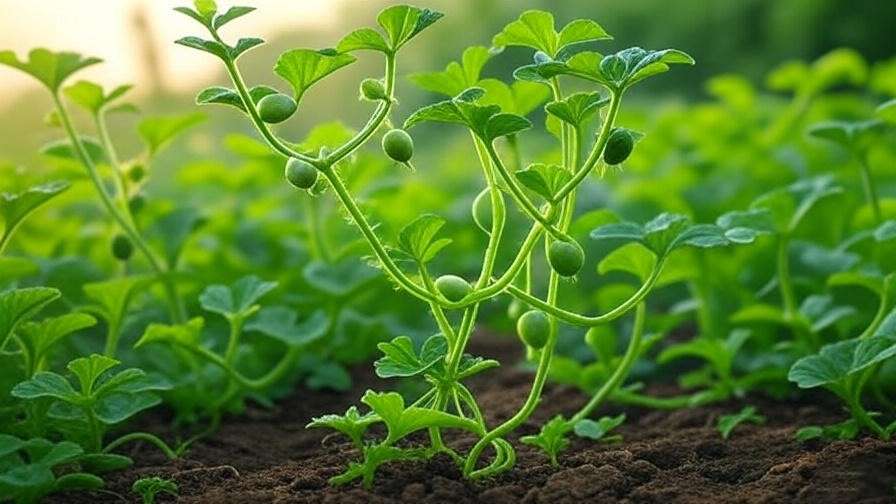
Managing Pests and Diseases
Common pests like aphids, cucumber beetles, and spider mites can threaten your crop. Use neem oil or insecticidal soap for organic control, and plant marigolds nearby to deter pests naturally. Diseases like powdery mildew and fusarium wilt are preventable with good airflow and crop rotation. Remove affected leaves promptly and avoid overhead watering. Expert Tip: Inspect plants weekly for early signs of trouble 🐞.
Training and Supporting Your Plants 🌾
Pruning for Productivity
Pruning enhances fruit quality and plant health. Remove secondary vines to focus energy on 2–3 fruits per plant, ensuring larger, sweeter watermelons. Trim damaged or yellowing leaves to improve airflow and reduce disease risk. Use clean, sharp shears to avoid spreading pathogens. Pro Tip: Pinch off excess flowers to prioritize fruit size over quantity 🍉.
Trellising vs. Ground Growing
Trellising saves space and keeps fruit clean, ideal for small gardens. Build a sturdy A-frame trellis with netting to support heavy fruits. Ground growing is simpler but requires straw or cardboard under fruits to prevent rot. Both methods work well, so choose based on your space and preference. Trellised plants often yield cleaner, more uniform watermelons.
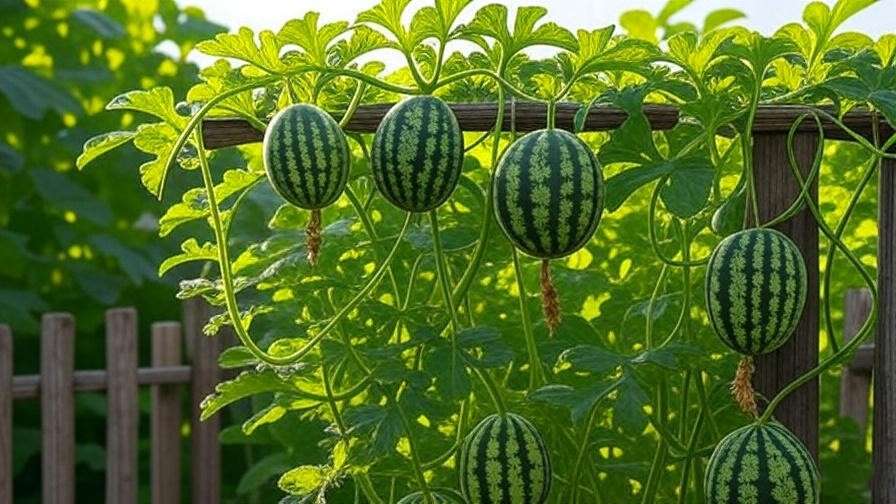
Harvesting Your Korea Watermelon: When and How 🍉
Signs Your Watermelon is Ready
Harvest Korea watermelon 70–90 days after planting, depending on the variety. Look for a yellowing underside (the “ground spot”), a dull rind, and a dry tendril near the fruit. Tap the watermelon—if it sounds hollow, it’s ripe. Avoid picking too early, as watermelons don’t ripen off the vine.
Harvesting Techniques
Use clean, sharp shears to cut the stem, leaving 1–2 inches attached to the fruit. Handle gently to avoid bruising. Store in a cool, dry place (50–60°F) for up to 2 weeks. For that authentic Korean experience, chill before serving! ❄️
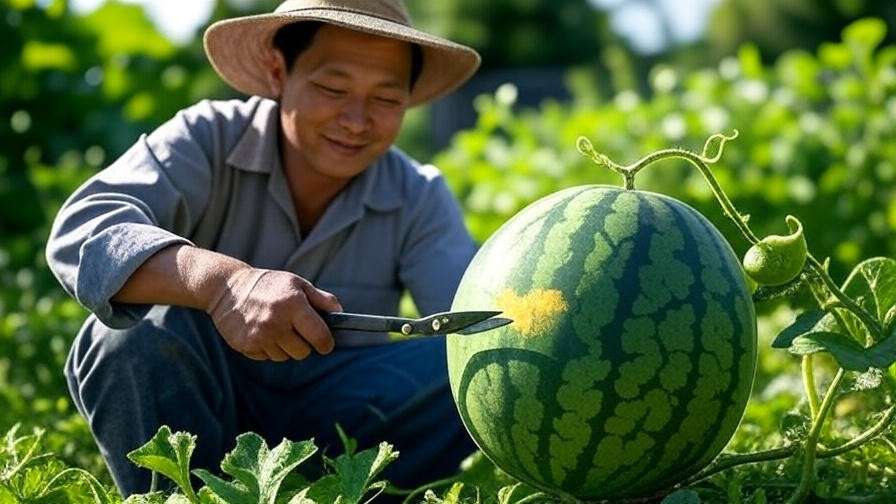
Troubleshooting Common Growing Challenges ⚠️
Why Aren’t My Watermelons Growing?
If your Korea watermelon plants are struggling, several factors could be at play. Poor pollination often results in small or no fruit. Ensure bees or other pollinators have access to your garden, or hand-pollinate by gently brushing pollen from male to female flowers using a small paintbrush. Insufficient sunlight—less than 6 hours daily—can stunt growth, so relocate containers or trim shading plants if needed. Nutrient deficiencies, particularly low nitrogen or potassium, can also hinder development. Test your soil and apply a balanced fertilizer to correct imbalances. Expert Tip: Keep a gardening journal to track sunlight, watering, and fertilization for better troubleshooting 📝.
Dealing with Small or Flavorless Fruit
Small or tasteless Korea watermelons are often caused by overcrowding, irregular watering, or premature harvesting. Ensure plants are spaced 3–4 feet apart to reduce competition for nutrients. Maintain consistent watering, as fluctuations can dilute flavor. If fruits are harvested too early, they lack sweetness—wait for the yellow ground spot and hollow thump before picking. To boost flavor, reduce the number of fruits per plant to 2–3, allowing the plant to focus energy on quality over quantity. Pro Tip: Test one fruit before harvesting the entire crop to ensure peak ripeness 🍉.
Maximizing Your Harvest: Advanced Tips for Success 🚀
Companion Planting for Watermelons
Companion planting enhances Korea watermelon growth and protects against pests. Corn and beans are excellent companions—corn provides shade, while beans fix nitrogen in the soil. Marigolds and nasturtiums deter pests like aphids and beetles, adding beauty to your garden. Avoid planting near potatoes or other heavy feeders, as they compete for nutrients. Example: Plant marigolds in a border around your watermelon patch for natural pest control and vibrant blooms 🌼.
Extending the Growing Season
In cooler climates, extend your Korea watermelon season with row covers or cold frames to protect plants from early frosts. These tools trap heat, allowing you to plant earlier or harvest later. For continuous harvests, try succession planting—sow seeds every 2–3 weeks in early summer. Expert Insight: In USDA zones 5–6, use lightweight row covers with a UV rating to maintain warmth without blocking sunlight ☀️.
Saving Seeds for Next Season
Saving Korea watermelon seeds is cost-effective and preserves heirloom varieties. Select a fully ripe, healthy fruit from your best plant. Scoop out the seeds, rinse them in a strainer to remove pulp, and spread them on a paper towel to dry for 5–7 days. Store in an airtight container in a cool, dark place. Pro Tip: Label seeds with the variety and date to track performance over seasons 🌱.
Recipes and Uses for Korea Watermelon 🍴
Refreshing Korean-Inspired Watermelon Dishes
Your homegrown Korea watermelon shines in these delicious recipes:
- Watermelon Salad with Mint and Feta: Dice watermelon into bite-sized pieces, toss with fresh mint, crumbled feta, and a drizzle of balsamic glaze. Perfect for summer barbecues!
- Chilled Watermelon Soup: Blend watermelon with cucumber, lime juice, and a pinch of salt. Serve cold with a garnish of basil for a refreshing starter.
- Korean Watermelon Punch (Subak Hwachae): Combine cubed watermelon, sprite, and a splash of soju (optional) in a pitcher. Add ice and sliced fruits like strawberries for a festive drink 🍹.
Creative Ways to Enjoy Your Harvest
Beyond traditional dishes, try these creative ideas:
- Watermelon Smoothies: Blend watermelon with yogurt and a banana for a hydrating breakfast.
- Watermelon Sorbet: Puree watermelon, add a touch of sugar and lemon juice, then freeze in an ice cream maker for a light dessert.
- Grilled Watermelon: Slice into wedges, grill for 2 minutes per side, and sprinkle with chili powder for a sweet-spicy treat.
While freezing watermelon preserves texture for smoothies, pickling is less common due to its high water content. Experiment with small batches if you’re curious!
Frequently Asked Questions (FAQs) ❓
How long does it take to grow a Korea watermelon?
Most varieties mature in 70–90 days from planting, depending on climate and care. Check seed packets for specific timelines.
Can I grow Korea watermelon in containers?
Yes! Use a 10–15-gallon container with drainage holes. Choose compact varieties and provide a trellis for support.
What’s the difference between Korea watermelon and other varieties?
Korea watermelon is smaller, often seedless, and sweeter than many traditional watermelons, with a thinner rind and crisp texture.
How do I know if my watermelon is seedless?
Seedless varieties are labeled on seed packets. If you’re unsure, check for small, white, edible seed remnants in the fruit.
Why are my watermelon vines wilting?
Wilting may indicate overwatering, underwatering, or disease like fusarium wilt. Check soil moisture and inspect for fungal signs, then adjust care accordingly.
These answers draw from horticultural research and my own experience growing watermelons across diverse climates.
Conclusion: Grow Your Own Korea Watermelon Today! 🌟
Growing Korea watermelon is a rewarding journey that combines gardening skill with culinary delight. From selecting the perfect seeds to savoring sweet, juicy fruits, this guide equips you with everything you need for a bountiful harvest. By following these expert tips—proper soil prep, consistent care, and timely harvesting—you’ll enjoy a thriving crop and connect with a cherished Korean tradition. Start small, experiment with trellising or companion planting, and watch your garden flourish!
Ready to get started? Share your Korea watermelon journey in the comments or tag us on social media with your harvest photos! Explore our related articles, like “Top 10 Fruit Gardening Tips” or “How to Grow Korean Vegetables,” for more inspiration. Happy growing up! 🌱🍉

